How Do Plants Deal With Drought?
Recently, the drought that is being experience in Texas has dominated much of the news. I have a friend who lives in Dallas and she says that it is pretty bad.
For those of us who live in the Southwest, the idea of a drought is not foreign to us. We have some years with plentiful rainfall and others with little at all. Cycles of drought are normal. If you happen to live in the desert in the Southwest and you look at the desert around you, it is clear to see that most of the plants weather drought very well.
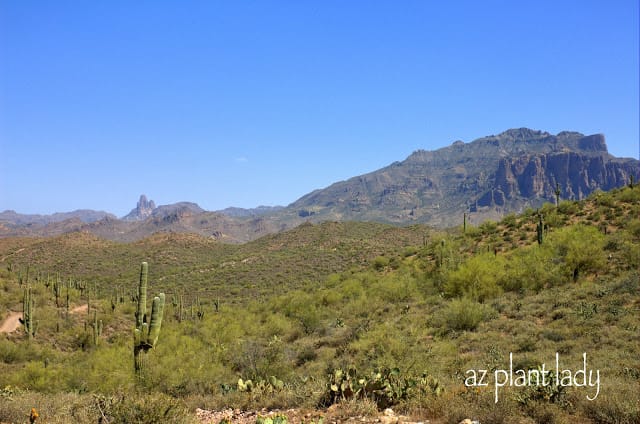
How Do Plants Deal With Drought
Have you ever wondered why?
Well, if you really look closely at many native desert plants, you can see how wonderfully adapted they are in regards to how they are designed to conserve water.
For example, let us look at the ‘Rio Bravo’ Sage (Leucophyllum langmaniae ‘Rio Bravo’), which is native to the Chihuahuan Desert.
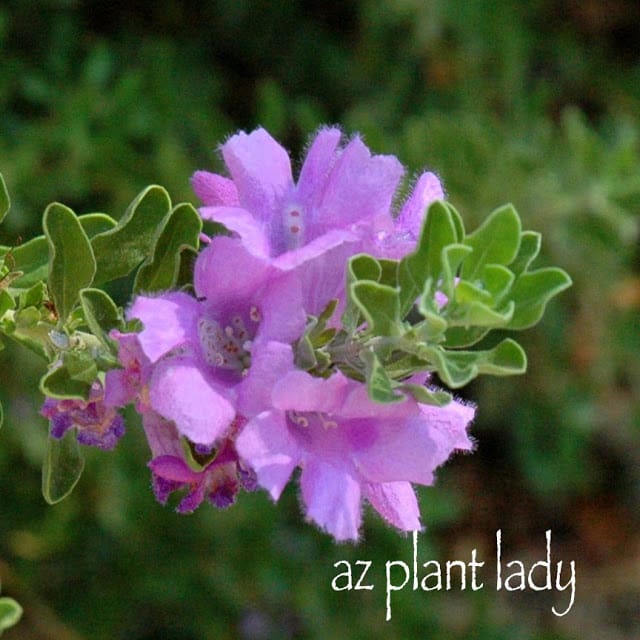
If you look closely at the flowers above, you can see tiny hairs that cover the surface. What you cannot see is that there are also tiny hairs that cover the leaves, giving them a grayish cast.
The tiny hairs help to reflect the sun and help to keep moisture inside the flowers and leaves.
Here is another great example….
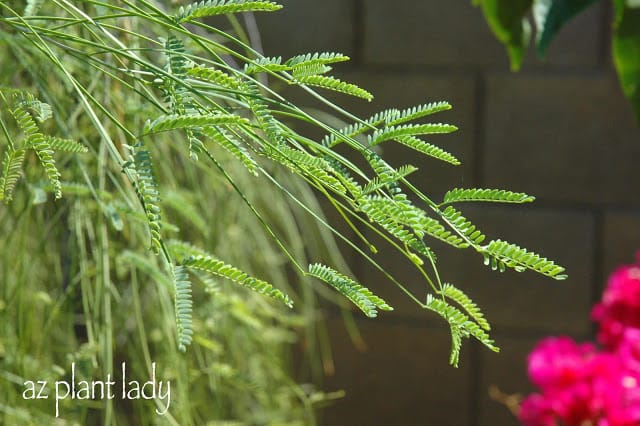
How Do Plants Deal With Drought
Here are the leaves of my Palo Blanco tree (Acacia willardiana), which is native to the Sonoran Desert. The leaves are so tiny, which helps to limit how much water is lost to the atmosphere.
It helps to think of it this way – plants lose water through their leaves (in a process called transpiration). The more sunlight, the more water that is lost.
**At this point it is probably rather obvious that I am somewhat of a ‘science geek’.
Now, did you know that there is a reason that cacti have spines?
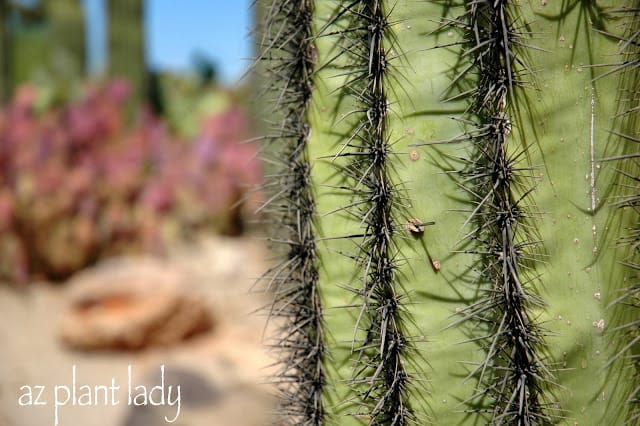
Photo:Spines of a Saguaro cactus
Besides providing protection from animals who may want to eat them, the thousands of spines provide shade on the surface of the cactus, which helps reduce the amount of water lost.
Lastly, is one of my favorite trees….
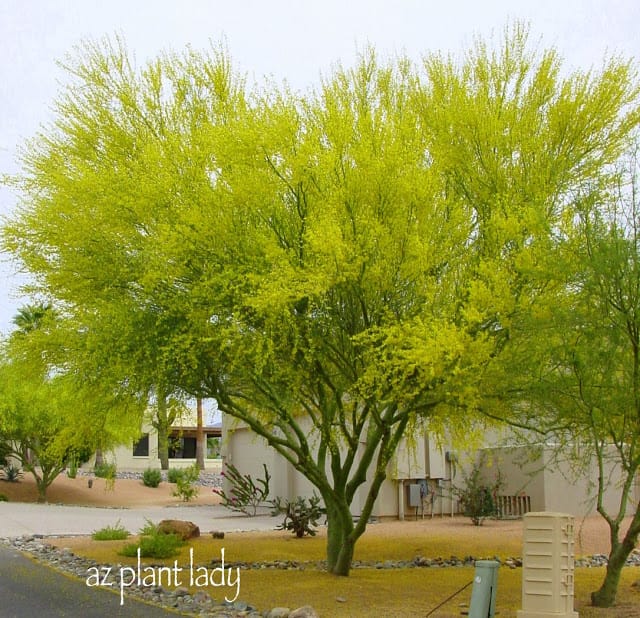
How Do Plants Deal With Drought
Palo Verde trees are perhaps most famous for their green trunk. Well, besides being beautiful, the green trunk serves as an important survival mechanism when drought occurs.
In the Sonoran Desert, you will find Palo Verde trees growing all over. Now unlike the Palo Verde trees found in a landscape setting (above), that receive supplemental irrigation the Palo Verde trees in the desert survive on rainfall alone.
So what do they do in drought conditions? Well, they drop all their leaves, which greatly reduces the amount of water lost to the atmosphere.
Now most trees would die soon without leaves to continue to make ‘food’ for the tree (photosynthesis). But, the green trunk of the Palo Verde can make ‘food’ for the tree, even in the absence of leaves.
Pretty cool, huh?
So, you have all ‘heard’ some of what I talk to people about when I meet with them in person regarding their landscape. In addition to helping people learn how to care for their plants, I love to tell them more about the amazing plants that they have in their garden.
I hope I didn’t bore you, but I find the ways that plants adapt to their environment just fascinating.
************************
I hope your week is off to a good start.
This is what I call my ‘writing week’ when I work on my gardening articles. I haven’t been given my subjects yet from my editor, but I am writing in advance for the month of November. After a long summer, I am so looking forward to fall 🙂
Drought Tolerant and Beautiful: Aloe Vera

 Noelle Johnson, aka, 'AZ Plant Lady' is a author, horticulturist, and landscape consultant who helps people learn how to create, grow, and maintain beautiful desert gardens that thrive in a hot, dry climate. She does this through her consulting services, her online class Desert Gardening 101, and her monthly membership club, Through the Garden Gate. As she likes to tell desert-dwellers, "Gardening in the desert isn't hard, but it is different."
Noelle Johnson, aka, 'AZ Plant Lady' is a author, horticulturist, and landscape consultant who helps people learn how to create, grow, and maintain beautiful desert gardens that thrive in a hot, dry climate. She does this through her consulting services, her online class Desert Gardening 101, and her monthly membership club, Through the Garden Gate. As she likes to tell desert-dwellers, "Gardening in the desert isn't hard, but it is different."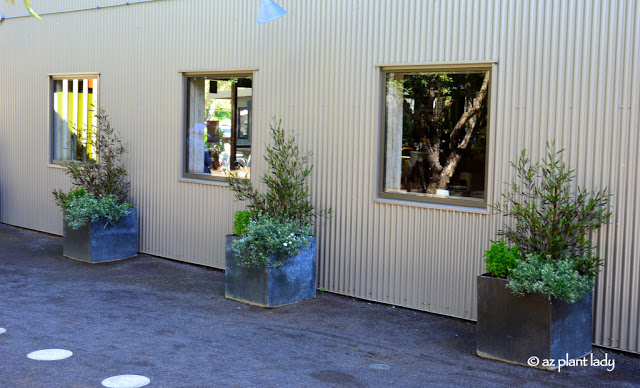
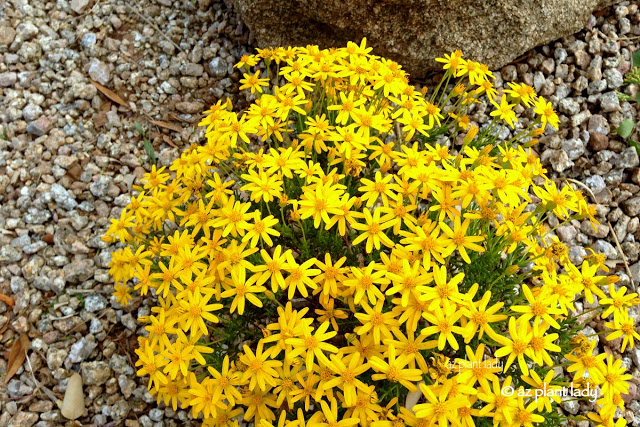

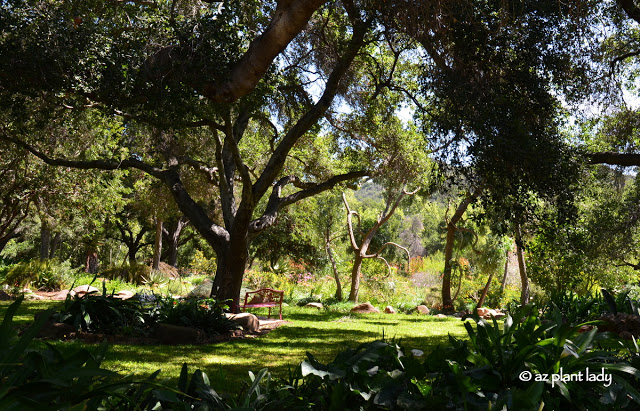
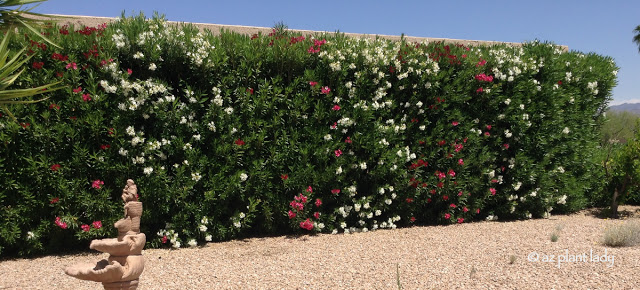
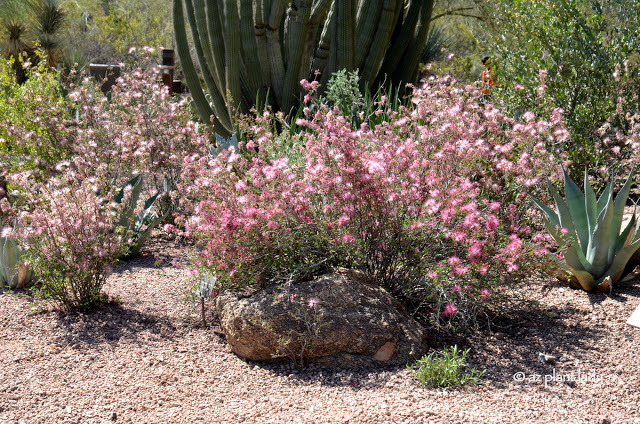










Cycles of drought are common across much of Australia too, being one of the driest continents in the world. In my corner, we usually have a period of drought every ten years or so, some longer than others of course. There are many trees here that just naturally drop their leaves during the dry season and in times of drought they remain fairly bare for a long time. It's just amazing how nature works.
Love it! Very interesting!
Great post!! While monsoon hasn't been a big turnout this summer so far, plants are enjoying the humidity here in Tucson and recovering from the freeze. I am now beginning to prune which normally happens in July. Several trees, including the desert fern, have new growth but lots of dead branches. Have a great week.
Thanks for the outline on the topic – I think desert plants are more amazing than tropicals in their ability to come through dry conditions without missing a beat (or many beats!). Amazing bunch of coping mechanisms!
I love the way you can popularize science info very well, and many learn from posts like this. Our tropical plants also have some coping mechanisms during the dry season, dropping of leaves means they are already almost dying. They first curl those leaves or fold them, or fold at daytime and open at night. It's amazing and wonderful for nature to be like these. I also wonder about resurrection plants, which i just learned in school but hasn't seen yet. I also remember there are plants which are resistant and those which are tolerant. Somehow i miss these words which we encountered in Stress Physiology class, LOL.
You have, not just the knowledge,but a gift for teaching.
I live in Oro Valley and am continually amazed at the beautiful and resourcefulness of life in the desert.
This is excellent information about how plants conserve water. The examples of those tiny hairs on leafs and the spines in a cactus are very good examples to explain how the desert plants survive a drought by conserving water and of course protection from sunlight.